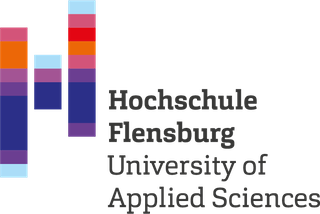Analyzing an automotive testing process with evidence-based software engineering
Kasoju, A., Petersen, K., & Mäntylä, M. , V. (2013). Analyzing an automotive testing process with evidence-based software engineering. Information and Software Technology, 55, 1237–1259.
